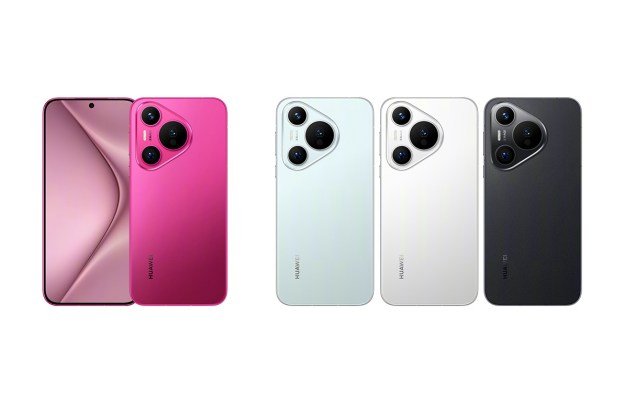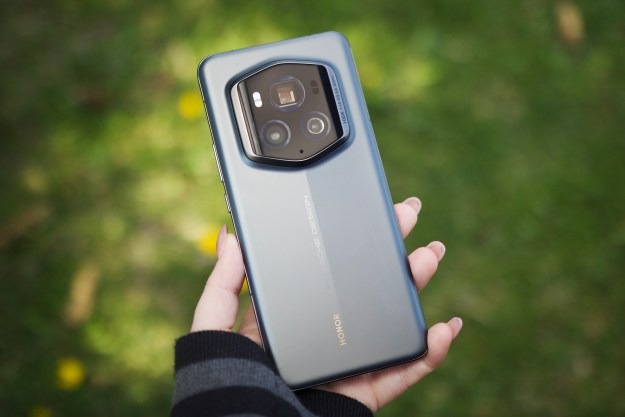Just how many ways are there of unlocking your phone? We’ve got passcodes, patterns, fingerprints, and now, thanks to the ZTE Grand S3 — biometric retinal scanning. We’ve seen this tech before, and even heard rumors of it showing up in other devices, but this is the first time we’ve seen it properly implemented on a real smartphone.
That it finally comes from ZTE shouldn’t really be a surprise. The company has done a great job of putting functional and useful voice control on the Star 2, and a set of cool gestures on the Blade S6, all of which work really well. Scanning eyeballs is more challenging, and needs careful handling if it’s to avoid becoming a controversial security nightmare.
The initial setup process takes a minute or so, and involves watching the scanning line closely as it records a short video of your eyes.
ZTE’s technology comes from EyeVerify, and it uses the unique blood vessel patterns and retina of your eye to secure the phone. A swipe down on the lock screen accesses the eye scanner, which operates using the monster 8-megapixel front camera. A luminous green scanning line – straight out of sci-fi — rises and falls over a letterbox image of your eyes, as the camera checks to see if it matches what’s on file. If it does, you’re directed immediately to the home screen. The process takes about a second, making it faster than pattern unlock, and about the same as a well-learned passcode.
The initial setup process takes a minute or so, and involves watching the scanning line closely as it records a short video of your eyes. Cleverly, the eye unlock will only get faster the more its used, because it updates this video every time you unlock the screen. That not only makes it more secure, it also quicker to recognize the right eyes. If it doesn’t, it’ll have three goes before kicking you back to the lock screen.
I wore contact lenses when I demoed the Grand S3, which didn’t cause a problem, and ZTE also showed it working perfectly with or without glasses, regardless of whether they were worn when it was set up or not. The Grand S3 hides the eye-scan security file on the device, in a special trusted location, and doesn’t upload it to a cloud server. It can also work alongside another unlock system, so if it breaks for whatever reason, you can revert back to another option.
I tested the Grand S3’s eyes scanning both with representatives from ZTE, and on my own several times afterwards. The eye scanning worked, each time. You may think that would happen at every live demo, but it doesn’t. You don’t have to hold the phone a centimetre from your eye, and it doesn’t take so long you could have patented your own retinal scanning tech by the time it unlocked the phone. That’s pretty much all I need from my tech — speed, accuracy, and consistency.
That’s pretty much all I need from my tech — speed, accuracy, and consistency.
ZTE has big plans for the eye-scanning tech, which it calls Eyeprint ID, including both secure apps and secure mobile payments in the future. The Grand S3 itself has a 5.5-inch, 1080p screen, a Snapdragon 801 processor, and a whopping 16-megapixel rear camera with a dual-LED flash. It’s a big phone, which design-wise is reminiscent of the LG G3, with neatly rounded edges and a gently curved back.
Now for the bad news: ZTE only has firms plans for releasing the Grand S3 in China. There are vague plans for a European release after September this year, but that’s an awfully long time away in the world of mobile tech. Part of the reason is the Grand S3’s price. It’s around $500 unlocked in China, which is double what we’d usually expect to pay for a ZTE device — cool eye-unlocking feature or not.
However, ZTE’s proved eye unlocking works, and when implemented properly, works well. Let’s hope we see it in other ZTE phones that we can actually buy in the very near future.







